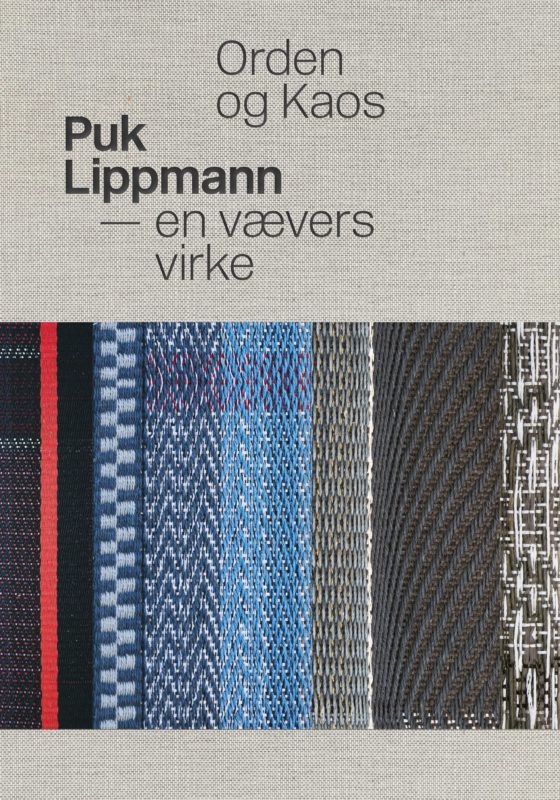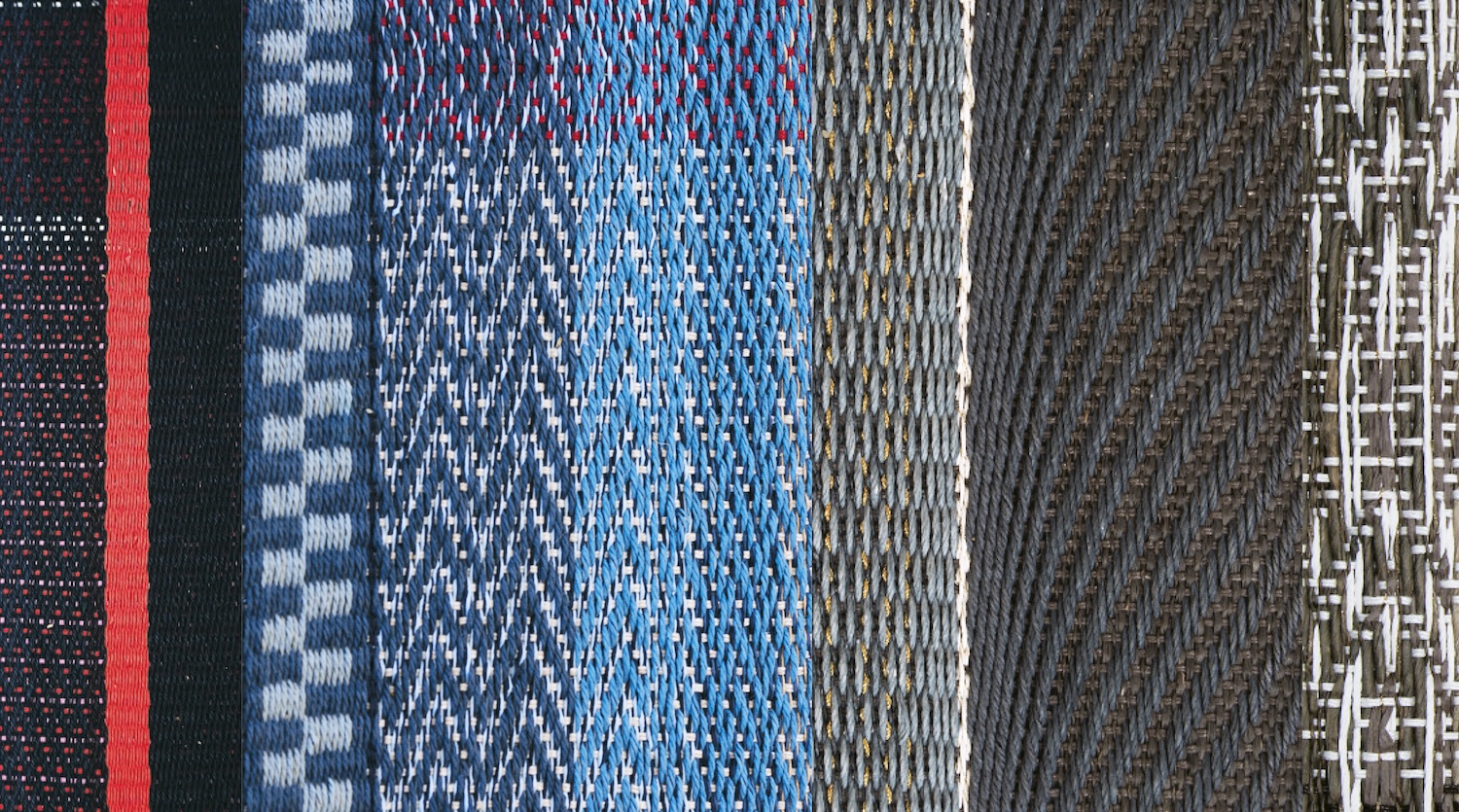Order clearly seems to dominate over chaos in Lippmann’s work. Trained by Vibeke Klint during the 1970s, Lippmann joined the line of other Danish makers and designers with roots in classicism, and many of her most significant pieces were created for classical settings, including Thorvaldsens Museum, the Danish Parliament, the meeting rooms of the Academic Council in the oldest buildings of the University of Copenhagen, the Danish Police headquarters or the former home of brewer Jacobsen.
The rugs and wall hangings she designed for these settings are at once calm and insistent surface features that claim their place in the room without being obstructive. This is not decoration as disruption but as a continuing conversation through the ages. Sometimes in very subtle tones, like her five rugs for Thorvaldsens Museum from 1995, which played with the motifs, colours and matt expression of the floors themselves, simply tweaking these aspects to great effect. In other cases with full colour intensity, like the large rug under the circular meeting table of the Academic Council at the University of Copenhagen, where all conversations now unfold on an underlying foundation of exuberant, sensuous flowers.
Fortunately, throughout, the book maintains a focus on the many who have influenced Lippmann’s work, not least her longstanding collaboration with weavers Lis Bech and Gitte-Annette Knudsen, who have been involved in the hands-on execution of many of Lippmann’s woven pieces. This underscores the important point that craft is a social practice.
Charlotte Jul has penned an engaging biographic chapter, while Bodil Busk Laursen competently walks the reader through selected pieces, and the many photos generously provide the indispensable visual dimension. The images zoom in on details – beautiful colour and weaving samples, yarns, details from the workshop – and zooms out to the wider connection between the woven pieces and the rooms and settings they are a part of. This offers a rich visual material to study and enjoy, but a larger selection of older photos would have been welcome, to provide a better illustration of Lippmann’s artistic development. Of course, one constantly catches oneself wanting to reach out and touch the weavings with all their intricate details!
Facts
Charlotte Jul (Ed.): Orden og kaos. Puk Lippmann – en vævers virke (Puk Lippmann: Order and chaos: A weaver’s work).
168 pages, DKK 349,95.
Gads Forlag.
Language: Danish.



